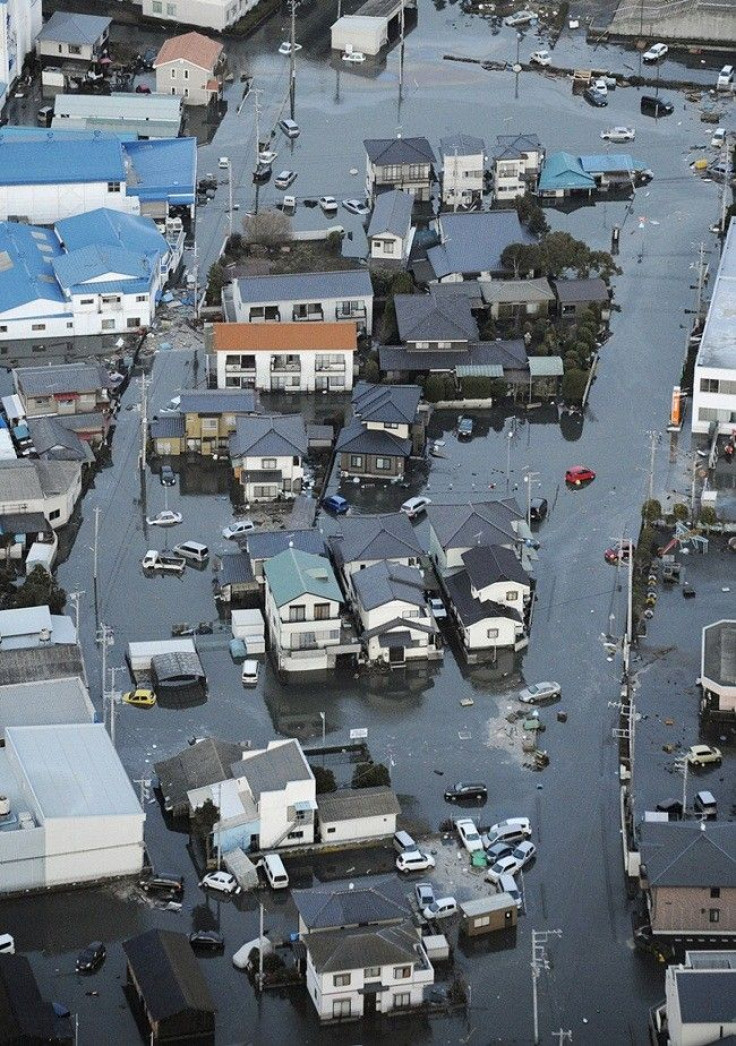Japan Quake Death Toll Rises To 60

A massive 8.9-magnitude earthquake struck off Japan's northeastern coast Friday, spawning a tsunami as high as 10 metres, killing at least 60 people and injuring many. Given the scale of the disaster, the death toll was likely to climb further.
The tsunami swallowed everything in its path as it surged several miles inland before retreating.
Around 20 countries and numerous Pacific islands have been issued tsunami warning after the powerful earthquake, the National Weather Service said.
The Japanese government has declared a state of atomic power emergency after the massive quake. The governement said no radiation leaks have been detected at or near any nuclear power plants as of Friday evening.
Four nuclear power plants closest to Friday's devastating earthquake have been safely shut down, the International Atomic Energy Agency (IAEA) said.
The US Geological Survey said the epicenter was about 250 miles from Tokyo at a depth of 20 miles. They earlier estimated the quake to be of 7.9 in magnitude but later revised it to 8.8 on Richter scale.
Prime Minister Naoto Kan said the quake caused major damage in broad areas.
This is a rare major quake, and damages could quickly rise by the minute, local media reported, quoting Junichi Sawada, an official with Japan's Fire and Disaster Management Agency.
Japan is one of the world's most seismically active areas and accounts for about 20 percent of the world's earthquakes of magnitude 6 or greater. The country's worst previous quake was in 1923 in Canto that killed more than 140,000 people.
© Copyright IBTimes 2024. All rights reserved.











